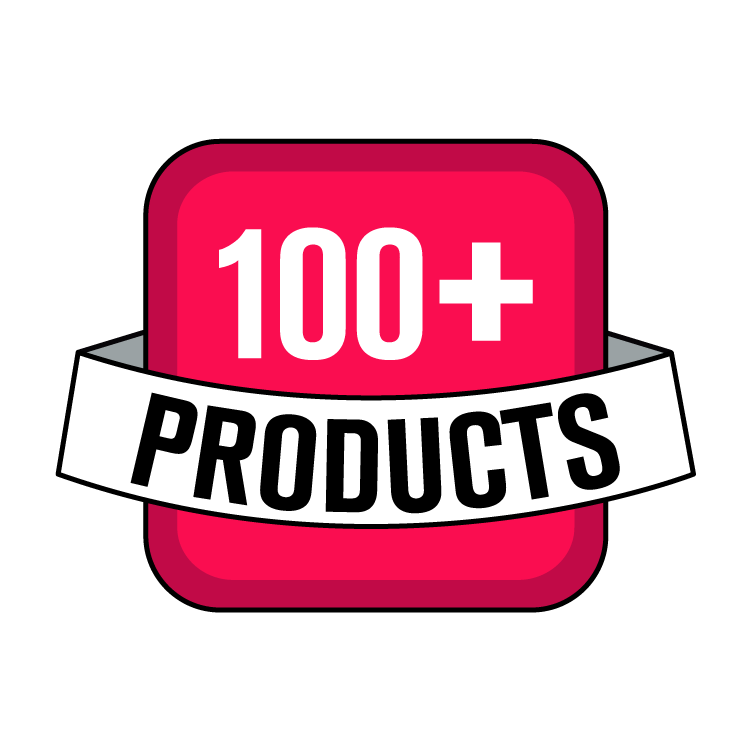The Guide to SofTap Needles
I started doing permanent makeup in 1994 using a machine. I was doing a good job, but since I met the founders of Softap in 1997 and started using the Hand Method, I have never used the machine again. I found significant differences between these two methods. My clients didn't experience the same trauma and inflammation anymore, and they were happier with the results.
I like the Softap technique because of its versatility; I offer a wide range of effects to my clients even using the same needle. The effect that I get depends on how I take it and the angle I apply it.
Before this time, hand method needles came in cartridge form to be placed into an autoclave handle that required disinfection and sterilization after every client; Softap created a new, safer process for the artists and their clientele, and so The Softap Comfort System was born.
I can do fine or medium hair strokes for eyebrows, as well as feathered, shading, and solid eyebrows
I do eyelash enhancements for eyeliners, fine, medium, and thick lines or just a little shadow in a smudged effect in the corners of the eyelid
I do fine or thick lip liners for lips, extensions to make them bigger, shading in, and filling in the whole lip, getting a natural look.




One thing that I found very useful using Softap, was the possibility of doing corrections and camouflages with beautiful results. I did it with the machine, but I never got the same results.

To get these different effects you need to understand the Softap needles.
They are a group of needles set tightly next to each other and angled at the tip as well as the base of the needle configuration. This unique patented technology is called the Comfort System.
With this disposition, the needles are easily to adapt to the skin at a perfect angle providing optimum tension and flexibility, getting more color into the skin with each tap.

Softap developed the versatile Click Tips that are easily attached to click sticks. Softap also created the Disposable Pen System which is a high-quality style of hand tool, pre-sterilized, packaged, and 100% disposable.
SOFTAP NEEDLE CLASSIFICATION
Softap needles come in groups of needles of different assemblies and are classified according to their gauge, number of tips, configuration, and arrangement to provide greater versatility. Needles are identified on the back of each package

ACCORDING TO THE GAUGE
The gauge is the thickness of each needle. Softap has regular, fine, and nanoneedles (extra fine) The regular tips come in the original size of the Softap tips and are slightly separated from each other, while the fine tips are thinner and come closer together which offers a much more defined line. Nanoneedles are designed for much more delicate and defined effects
ACCORDING TO THE NUMBER OF NEEDLES
The Softap needles come in groups of 3 to 114 prongs. The number of tips defines the area of skin that can be covered with the pigment.


ACCORDING TO THE CONFIGURATION
Softap offers needles in a single row and multi-row straight-line configuration, as well as round and curved.
They are also identified as Regular, Smudger-S (blurred), Super Smudger SS- (super blurred), and Ultra Smudger-US (ultra blurred) according to their arrangement in the assembly.

Needles in straight-line configuration.

The Smudger needle points are delicately spread apart to disperse pigment for a super soft look. They come in Super Smudgers (ss) 7 ss, 13 ss, 15 ss, 20 ss, 23 ss. The Ultra Smudgers (us) is an all-new needle type, never seen before in the industry; needle points are dramatically spread extra far apart for an ultra-soft, velvety layer of pigment. They come in 11 us, 14 us, 17 us, 20 us configurations.

The Multi-Rows come in 24 fine, 28, 39, 42, 56, 70 fine, 84 fine, 114 fine. The assemblies 28, 42, 56, 84, and 114 fill small, medium, or large areas. For very fine, detailed work, I use fine needle configurations that are set closer together and create thinner, more solid lines than regular gauge needles.
Curved needle configuration.
The curved needles come in 6 fine prongs, and 6 regular prongs for individual hair strokes using the Genuline technique for microblading, and 14 regular and 16 fine prongs are used for both shading and individual hair strokes. Recently Softap launched the 13u and 17c nano-needles, which are exceptionally fine needles arranged in a "U" and "C" shape for seamless maneuverability.

Needle tips can be combined with the fish sticks or the click stick with a ruler. Those are great when I need to use different needles for different procedures in the same client. The way you use the disposable pens or the Click Tips to make permanent makeup depends entirely on how you feel more comfortable and how agile you apply your technique.
For the traditional Softap Technique and micro-shading, the needles are placed gently on the skin, scooted slightly forward, and then gently rolled and lifted from the front needles to the back needle off the skin to deposit the color.
For Microblading using the Genuline needles, the movement goes backward, from the back to the front needles.
When putting the needles on the skin, you should NOT push down, as it will cause unnecessary pain.
I hope this information helps you select the needles for your following Sofap procedure.

I hope that what I do, inspires you for your next Procedure!
Talk soon,
Dr. Sandra Cardona
SUBSCRIBE TO OUR TRAINING NEWSLETTER
Explore the collection
WORLDWIDE LEADERS












